Functional rehabilitation
As practitioners we are continually dealing with dysfunctional musculoskeletal systems. Typically dysfunction develops and is perpetuated... Read Article
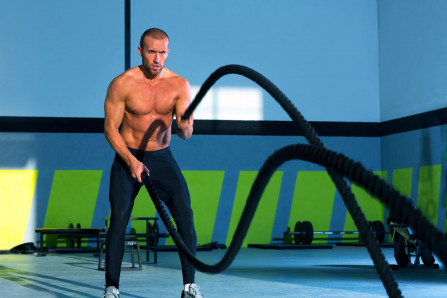
To become fitter, stronger and faster your need to push your body to create the microscopic damage that stimulates improvement. However, that damage means you are sore and down on performance while it is being repaired, so it is very desirable to speed that recovery.
The problem is that because of a lot of poor advice people receive this too often doesn’t happen and they suffer un-necessarily. From what we’ve seen most advice on recovery is usually just a list of things with a snippet of information about each. There’s rarely an overall strategy, and science tells us that while some suggestions are OK others are marginal or a waste of time. The trouble is you don’t know which is which.
We want you to recover fast and with the least pain possible so we’ve put together a strategy that starts by looking at what your muscles actually need, then looking at what science says is the best way to provide this. We’ll be looking at the absolute essentials, some therapies that are really helpful, then pointing out some things that, although popular, science has found to be next to useless.
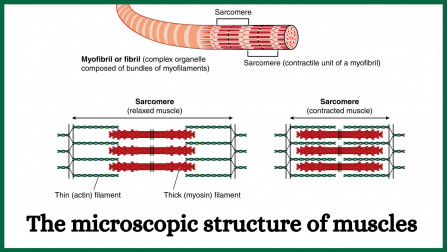
Your get sore after exercise because strenuous exercise will damage some of the microscopic fibres that make up your muscles. In addition you will also get a build up of metabolic wastes and chemicals that result from the breakdown of damaged tissues, plus the muscles tend to tighten after exercise which puts pressure on blood vessels restricting blood flow.
The damage and build up of waste products usually causes deep soreness in the muscles from about 24 to 72 hours. This is known as DOMS or Delayed Onset Muscle Soreness.
Your muscles will also suffer reduced strength and endurance because of the microscopic damage, the build up of waste products and the restricted blood flow due to tightening.
Knowing what causes the pain and reduced performance we understand that your muscles need the following to help recovery.
We now have two ways to evaluate each each post recovery option.
During recovery you you absolutely need:
You need to have adequate sleep and rest during recovery.
There are a lot of recommendations with regard to hydration and dietary supplements. We don’t claim expertise in relation to dietary supplementation, but these and hydration need to be considered from the principle of homeostasis. This is your body’s inbuilt mechanisms to maintain it’s internal environment. Lets look at how this works, then how it relates to your fluids and dietary needs.
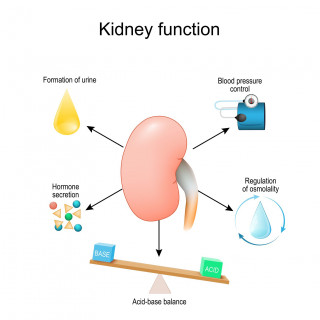
Your fluid levels are maintained using a number of mechanisms including your kidneys. If your fluid levels are too low your body will conserve fluids plus make you thirsty so you seek more. If your fluid levels are too high your body will expel the excess as urine. As this diagram shows your kidneys also play important roles in maintaining other levels such as blood pressure and acid-base balance.
To aid in recovery your body needs optimum fluid levels. This helps recovery by helping deliver fresh nutrients and flushing wastes from your healing muscles. If you have too little fluids and become dehydrated this will be impaired, but if you drink too much this will be harmlessly expelled. Therefore, the optimum re-hydration is to drink a bit more than your body actually needs. After exercise drink a bit more than you have lost, then drink a few extra glasses of water during the day.
How do you know how much fluids you have lost? You can get a good estimate by weighing yourself before and after. Most weight loss will be fluid, with a litre of water weighing one kilogram (one pint is approximately one pound).
Your body will need proteins and other nutrients to rebuild the damaged muscles, so adequate supplies are essential. Supplements are heavily advertised, but just like with excess fluids your body will regulate the levels. If your body is lacking it will most welcome the supplements. If levels are adequate they will be expelled. However, unlike water excesses may cause harm. As an example your body breaks down protein into building blocks called amino acids. If your body has too much of an amino acid it just breaks them down, salvaging the usable parts and expelling the rest.
You need adequate nutrition so your body has the “building blocks” it needs to repair your muscles, but too much may not be a good thing. As we have seen in the case of proteins too much i) can cause a build up of fat, ii) can load your body with toxic wastes, iii) create stress on your body breaking down and expelling the excess, and ultimately iv) created expensive urine. What we recommend you do is discuss your needs with a qualified dietitian to ensure you have an adequate diet, and to only take supplements that are needed.
There are two therapies found to really help post exercise recovery and reduce DOMS.
Additional therapy useful with conditions
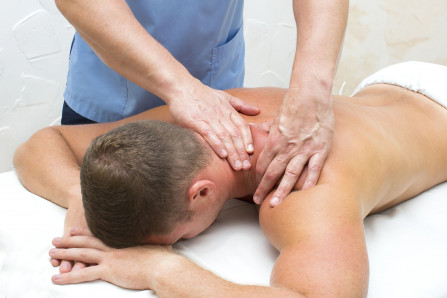
Manual massage therapy will help healing by relaxing the muscles, plus the squeezing and mechanical pumping effects of the massage will increase blood flow, flushing wastes and bringing in fresh nutrients and oxygen. Because of this clinical trials of massage have produced good results in reducing post exercise soreness and speeding recovery (1–5).
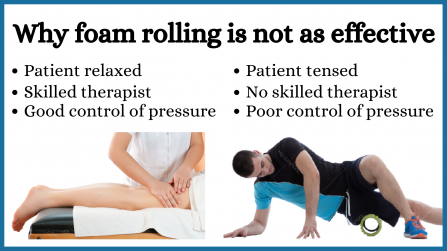
The use of foam rollers is seen as a substitute for professional massage. However, as discussed in our article on foam rollers, these are generally far less effective than professional massage therapy, and the results of using them in clinical trials is no where near as good.
Like manual massage, vibration massage is also shown to give very worthwhile reductions in pain and to speed recovery (1,5–13) . Science shows that vibration massage relaxes muscles and increases blood flow, plus as discussed in our article on vibration assisted healing it has some quite remarkable additional effects.
Multiple applications are better than one: the need for self massage
Both therapies will be more effective if applied regularly rather than once. As an example, in one clinical trial of vibration massage this therapy was applied after exercise then each day during recovery. Some professional sports people may be able to do this, but for most this will require self therapy. We have seen that the results of self massage using foam rollers is poor, but on the other hand vibration massage is ideal for self application.
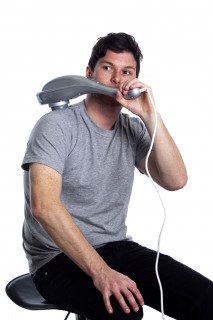
Self massage using vibration massagers
Because there is no special skill needed vibration massage can easily be self applied. For detail on usage please see our vibration massage usage guide for details and precautions, but whereas self applied manual massage (such as foam rollers) requires skill and knowledge, all one needs to do is to place the vibrating pad of a massager over the muscle and let the vibrations penetrate. Also, without needing the physical pressure and penetration vibration massage is much safer.
A genuine vibration massager will do a fantastic job, but most consumer massagers, percussion massager and massage guns are not suitable. Please see our guide on how to choose a suitable machine.
Active recovery is the use of light or moderate exercise during the recovery phase. If we look at what it actually does for healing we see it can do both good and harm.
What that means is that if you do active recovery it should be done enough to utilise the positive effects while avoiding the harmful effects. Of course this may not be judged correctly, which is why clinical trials have only shown inconsistent short term pain relief (3,4,14–16). We recommend that active recovery be used, but be done conservatively.
Next we will look at several therapies with little or no benefits. Although these are popular we could not see many worthwhile physiological benefits and clinical trial results were poor.
Cold/Ice therapy is cooling the body down after exercise, such as using an ice bath. It is said to reduce swelling and inflammation. This may be of some benefit for non-microscopic injuries where swelling is an issue, but inflammation associated with the microscopic damage is actually part of the healing process. Clinical trials of this therapy agree, showing that this therapy only gives a small and inconsistent reduction in post exercise soreness (2–4,15).
Contrast baths involve alternating between hot and cold baths. The principle is that changes in temperature produce some sort of pumping action in the fluids in the muscles. However, it is hard to imagine this effect to be anywhere near that of the increased blood flow caused by manual or vibration massage. The clinical trials agree, showing that this therapy only produces a small decrease in post exercise pain (3)
Compression garments are garments that exert pressure on the muscles. They are said to cause a reduction in swelling. However as with the ice baths, any swelling with microscopic damage is your body bringing in the things it needs for the repair. The clinical trials agree, showing that these garments can only give a small decrease in post exercise pain (3).
These are devices like TENS machines. We don’t know of any way these would help the muscles heal, and clinical clinical trials confirm that they don’t help (16)
Before sport or strenuous exercise is advisable to warm up properly using light exercises and stretching. This helps prepare your muscles for exertion and will reduce the risk of injury
During recovery:
Both these therapies have proved to be beneficial. Multiple applications will be better than a single one, and as discussed vibration massage is the effective choice for self application. For further information please see:
As discussed above, active recovery has potential positive effects and detriment. We recommend that light exercise be done conservatively to minimise the risk of injuring healing muscle fibres.
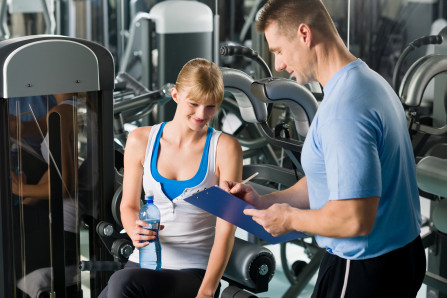
There is a lot of well meaning but too often poor advice and marginal therapies (eg. foam rollers and massage guns) aimed at those who exercise or play sports. We’d like professionals in these fields to have the opportunity to instead try and use practitioner grade therapy using genuine professional grade vibration massagers with a long list of scientifically demonstrated benefits. Please check out our practitioner page to access our practitioner guides and most importantly the special practitioner rates we give qualifies practitioners such as Chiropractors, Osteopaths and Physiotherapists.
We are continually adding more information on research and uses. Subscribe below to have us email them to you "hot off the press".

Several years ago Dr Graeme, a Chiropractor practicing in Victoria, Australia was looking for a serious hand held massager his patients could use at home to get the extra quality massage they needed. The ones he found in the shops and on-line for home use looked nice but were not serious, and... read more
As practitioners we are continually dealing with dysfunctional musculoskeletal systems. Typically dysfunction develops and is perpetuated... Read Article
There are many different treatments for back pain. Should you see a chiropractor, get a massage, exercise or take drugs? There’s a lot... Read Article
A gimmick is something that is not of real value used to attract attention, usually to get you to buy something. Massager guns certainly... Read Article
Tension headaches often mean a life of suffering and symptom relieving drugs, but a clinical trial showed that simple trigger point... Read Article
Although often described as “misaligned vertebrae” or “bones out of place” most issues that cause back pain actually involve abnormal... Read Article
Using a hand held massager is simple. You place the vibrating head on the muscle, making good contact, and allow the vibrations to... Read Article
Scientists have found that a high proportion of headaches result from pain coming from the muscles and joints of your head and neck. ... Read Article
(Myofascial) trigger points are a large but often overlooked cause of tennis elbow, with this omission being responsible for too many... Read Article
Do not refresh or leave this page until loading complete.